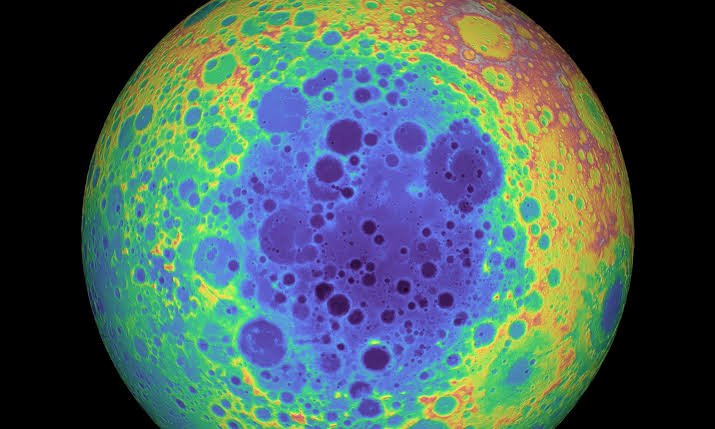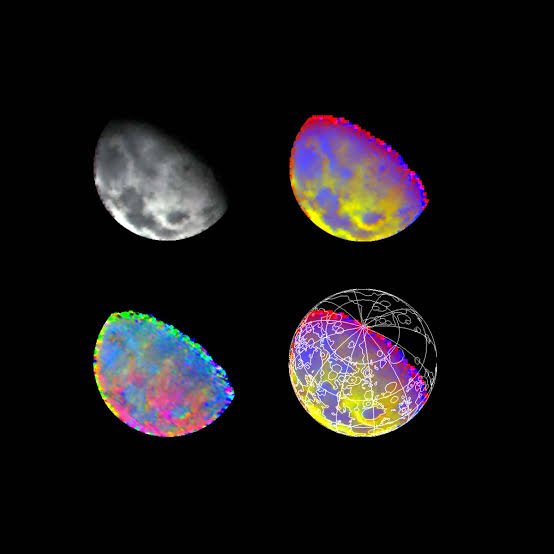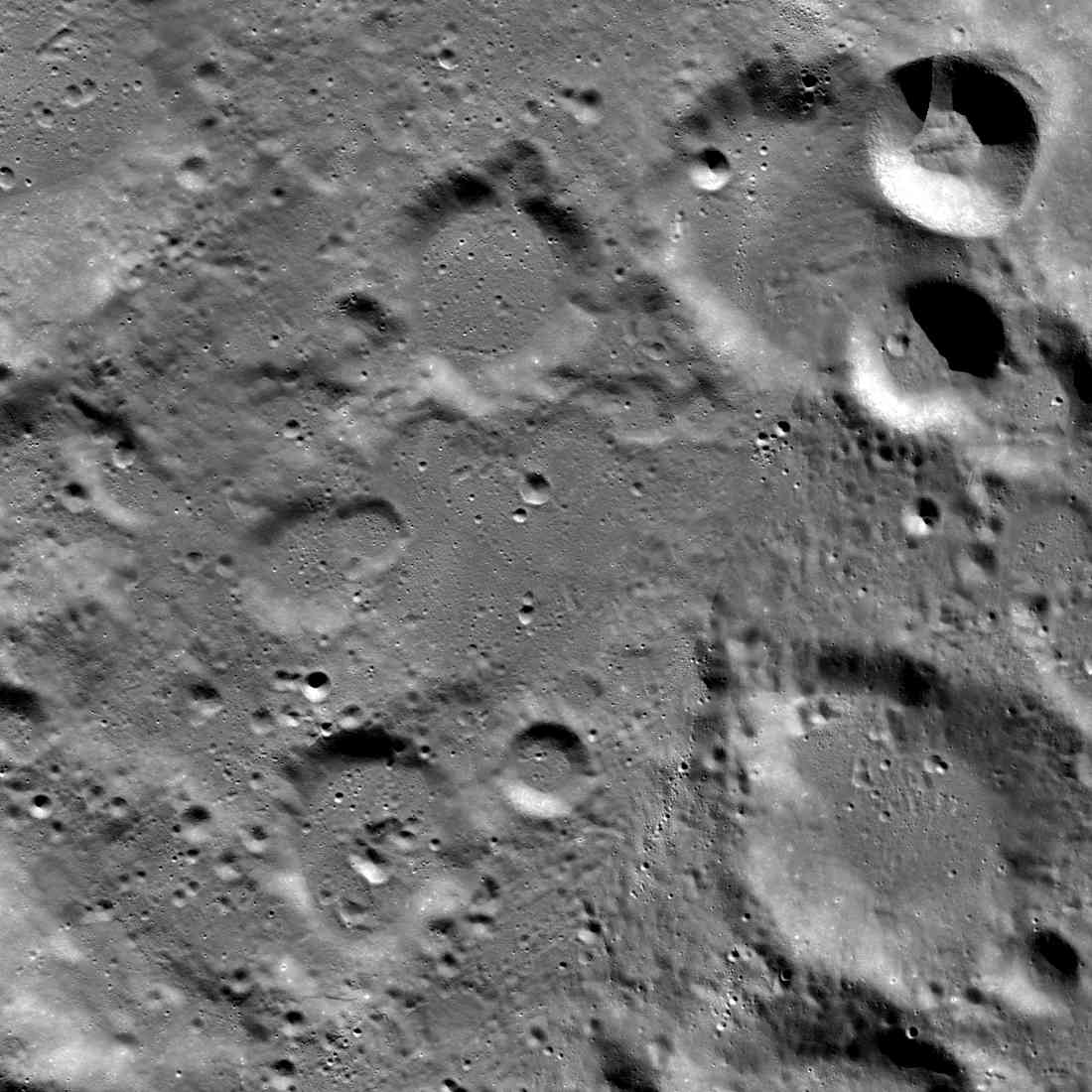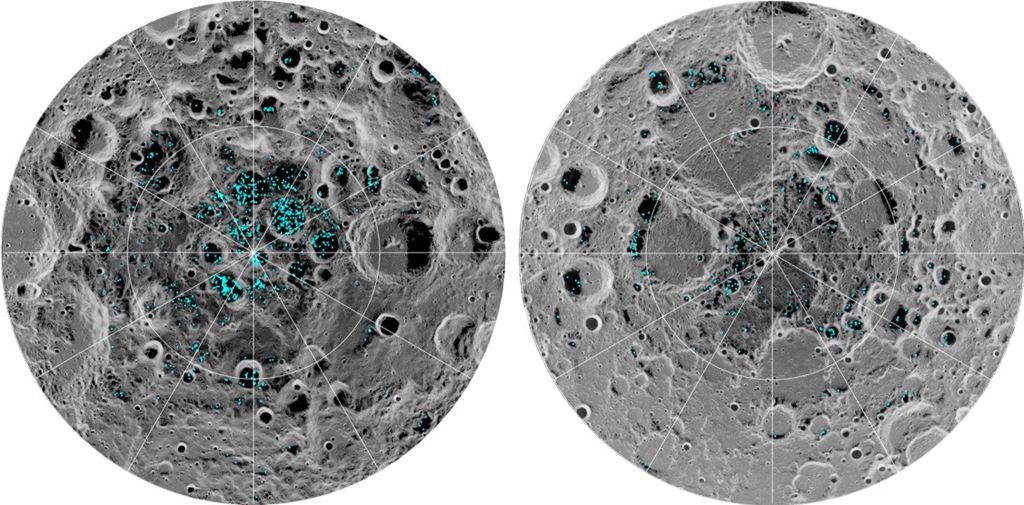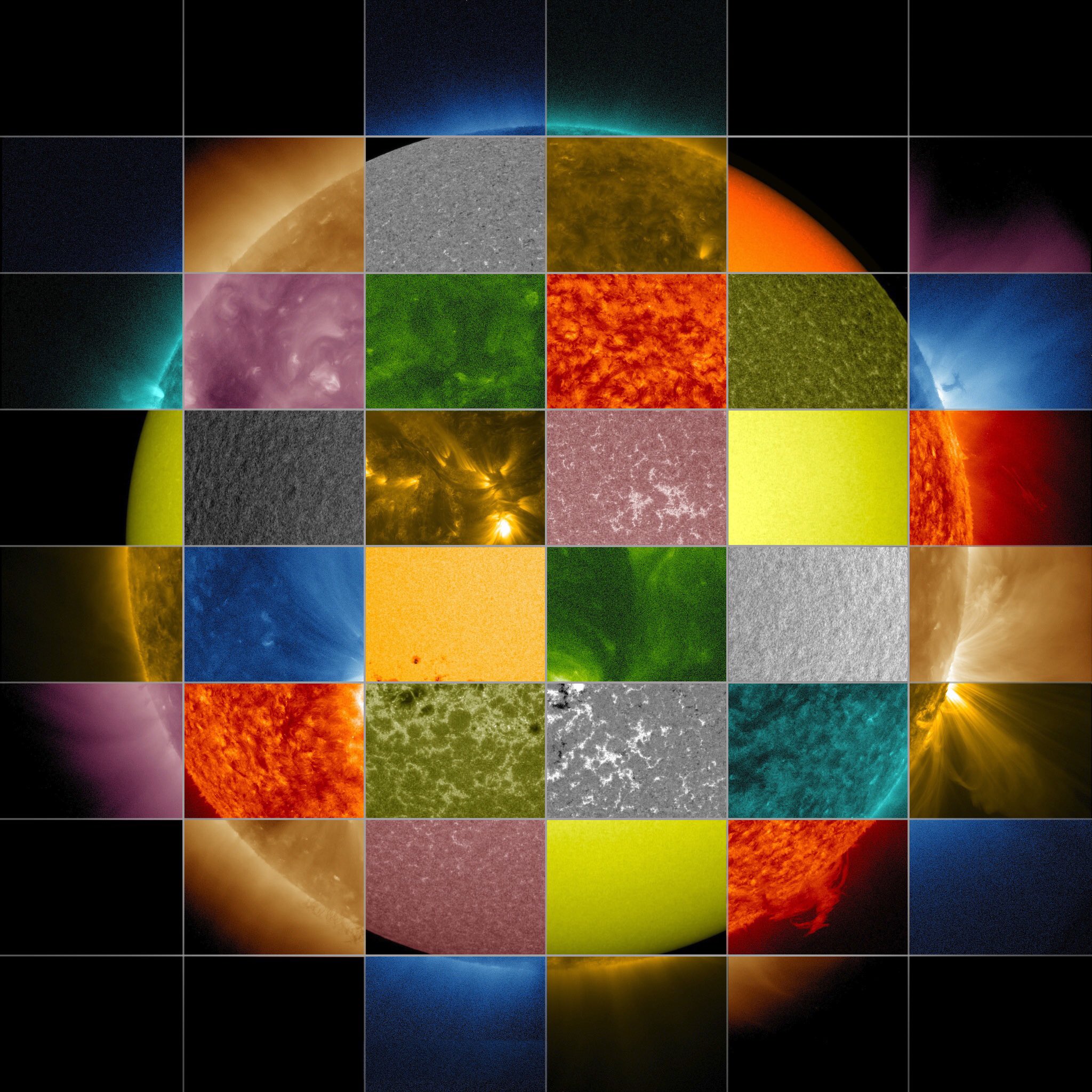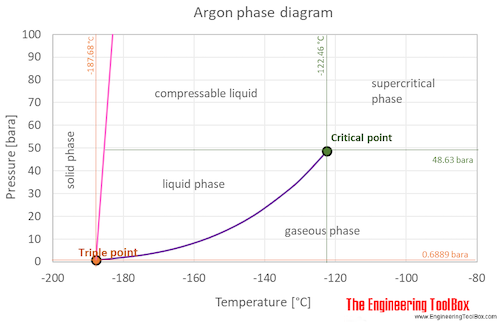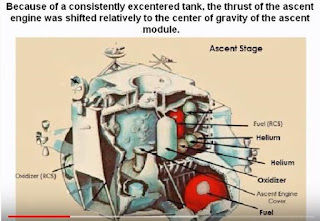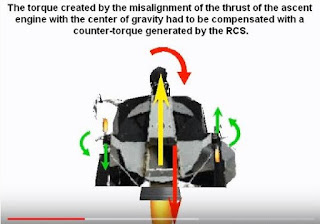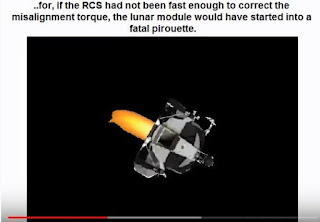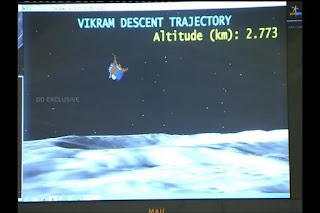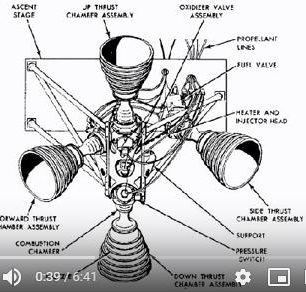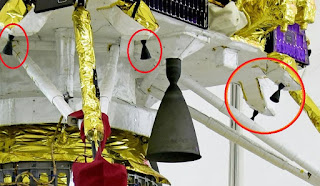IIRS is designed to measure reflected sunlight from the lunar surface in narrow and contiguous spectral channels.)

More at: https://www.isro.gov.in/update/17-oct-2 ... ar-surface
>>>
Preliminary analysis suggests that IIRS could successfully measure the variations in the reflected solar radiation that bounces off the lunar surface from different kinds of surface types, namely, crater central peaks (e.g., Stebbins), crater floors (e.g., Stebbins and Sommerfield), very fresh reworked ejecta associated with small craterlets within the crater floor of a large crater (e.g., Sommerfield) and also the sun-illuminated inner rims of craters (e.g., Kirkwood). The variations in the spectral radiance are primarily due to the mineralogical/compositional variations that exist in the lunar surface and also due to the effect of space weathering. More detailed analysis that follows, is expected to yield important results on the heterogeneity of lunar surface composition.
